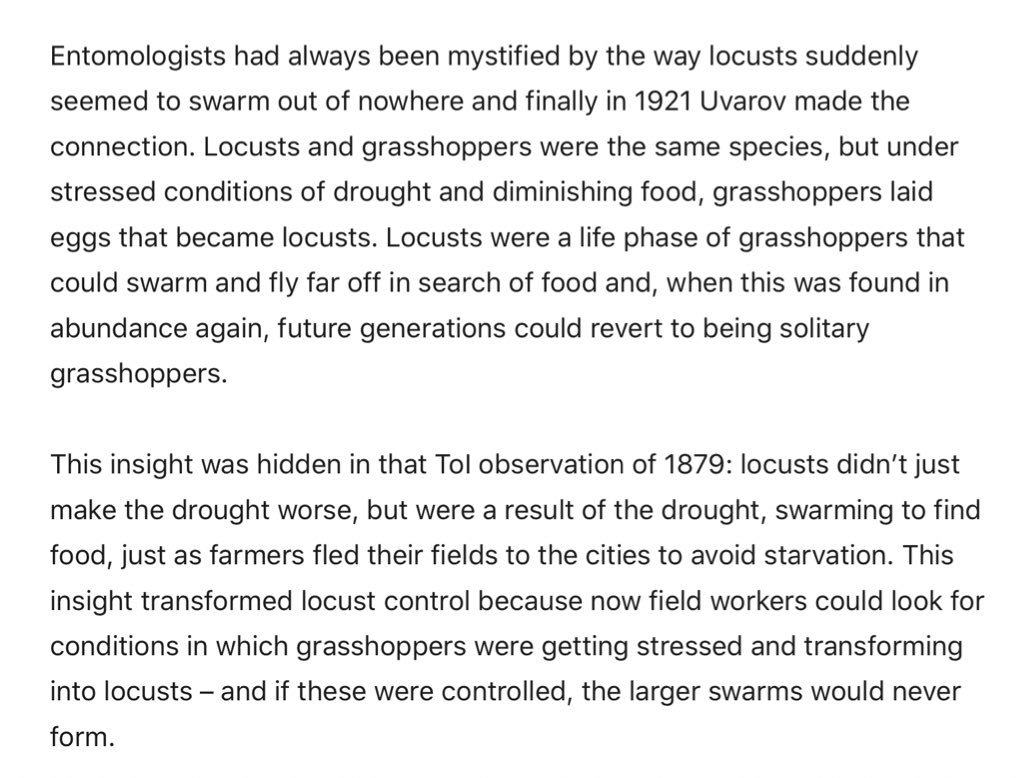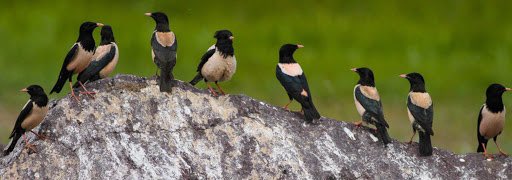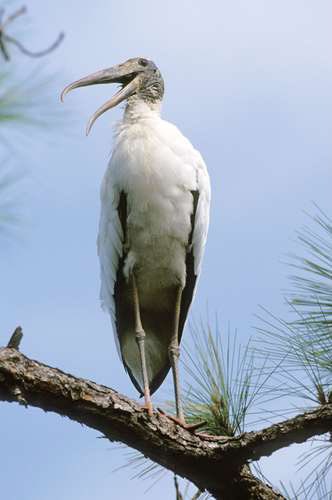According to the UN, the current infestations of locusts can be traced back to the cyclone season of 2018-19 that brought heavy rains to the Arabian Peninsula and allowed at least three generations of "unprecedented breeding" that went undetected. Swarms of locusts have since https://twitter.com/zeenewsenglish/status/1265881490111381504">https://twitter.com/zeenewsen...
spread out into the Indian subcontinent and East Africa.
India has suffered from waves of locust invasions over the years: 25 locust plagues and upsurges were recorded between 1964 and 1997.
Because of the frequent locust invasions during the colonial era a
India has suffered from waves of locust invasions over the years: 25 locust plagues and upsurges were recorded between 1964 and 1997.
Because of the frequent locust invasions during the colonial era a
locust warning organisation was set up in Karach in 1939.
India set up a separate surveillance organisation in 1946. https://www.bbc.com/news/world-asia-india-52804981">https://www.bbc.com/news/worl...
India set up a separate surveillance organisation in 1946. https://www.bbc.com/news/world-asia-india-52804981">https://www.bbc.com/news/worl...
From someone’s memory lane when a swarm of locusts descended invaded Delhi in the 1950s.
“you heard a whirring noise and ran for shelter to prevent the bodies falling on you. They ate almost anything vegetal, leaving a bare landscape when they flew away, except
“you heard a whirring noise and ran for shelter to prevent the bodies falling on you. They ate almost anything vegetal, leaving a bare landscape when they flew away, except
for neem trees with their bitter leaves”
Locust swarms were so common and devastating in the past that news reports were replete with very vivid descriptions of the menace. In 1879, a correspondent noted that the impact of the swarms was all the worse for coming
Locust swarms were so common and devastating in the past that news reports were replete with very vivid descriptions of the menace. In 1879, a correspondent noted that the impact of the swarms was all the worse for coming
on the back of a severe drought: “in the famine districts these winged armies made a clean sweep of all the vegetation for miles around, while the moral effect of their presence upon a famine struck population was so great that the population completely lost heart and
ceased to try and battle…”
There were others who sought an answer to their problems in their beliefs.
“The belief was that the insects were the horses of Mahadev (Shiva) and “if the wrath of the god has been appeased and his depredatory appetite satisfied, then
There were others who sought an answer to their problems in their beliefs.
“The belief was that the insects were the horses of Mahadev (Shiva) and “if the wrath of the god has been appeased and his depredatory appetite satisfied, then
the avenging army received marching orders…”
“More worrying (for the British) were attempts to link the locusts to British misrule..a swarm in the Satpura hills was blamed on the recent transfer of a hilly tract from a local ruler to the British controlled Court of Wards.
“More worrying (for the British) were attempts to link the locusts to British misrule..a swarm in the Satpura hills was blamed on the recent transfer of a hilly tract from a local ruler to the British controlled Court of Wards.
The land was said to be a breeding ground for locusts which had now been disturbed”
The most effective controls reported were the natural ones as crows, mynahs, starlings, storks, bustards, vultures and other birds all congregated to feast on locusts:
The most effective controls reported were the natural ones as crows, mynahs, starlings, storks, bustards, vultures and other birds all congregated to feast on locusts:
“neither is the quadruped world behind hand; mongooses, wolves, jackals, even pariahs (dogs)…colonies of field mice burrowing in the sandy soil all feast on the locusts.”
Grasshoppers, drought, locusts and a Russian entomologist’s findings paving the way for a more targeted locust control by the agencies involved.
https://economictimes.indiatimes.com/news/science/the-missing-phenomenon-of-locust-attacks/articleshow/61498777.cms">https://economictimes.indiatimes.com/news/scie...
There are birds known as the locust birds which more than other birds prey on grasshoppers and locusts and have thus been bestowed the title of ‘feathered friends of the farmers’.
In India among other birds the rose-coloured starling (first two pics) is called locust bird.
In India among other birds the rose-coloured starling (first two pics) is called locust bird.
Glareola (prev tweet 3&4 pics) is another famed locust bird from Africa. These are birds which have been known to us since antiquity & also find themselves featured in hieroglyphs of ancient Egypt.
Glareola is par excellence the leading species in the destruction of locusts.
Glareola is par excellence the leading species in the destruction of locusts.

 Read on Twitter
Read on Twitter












